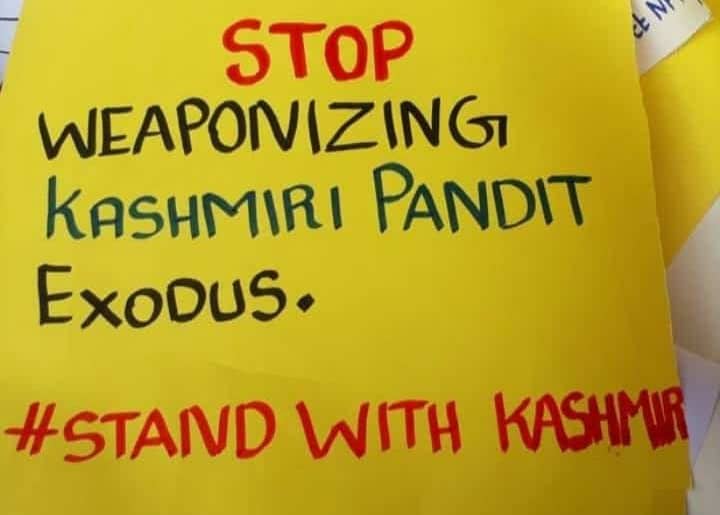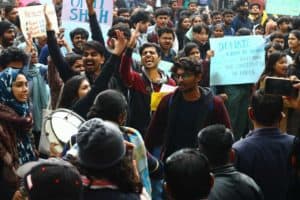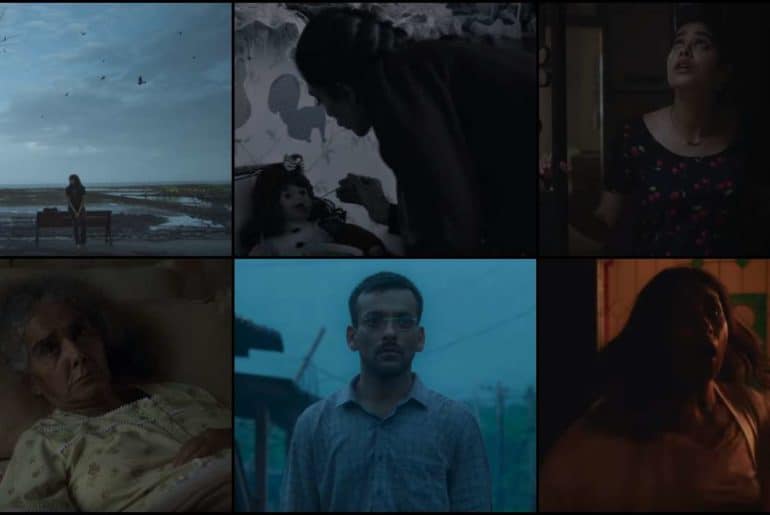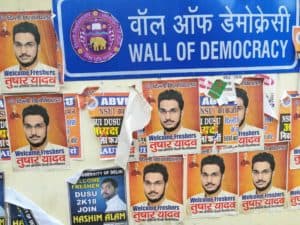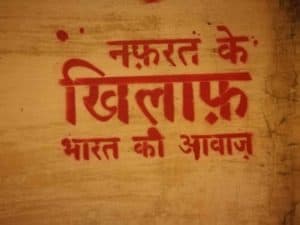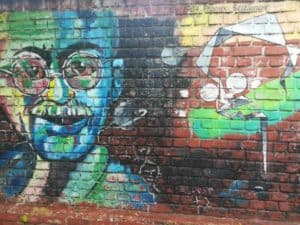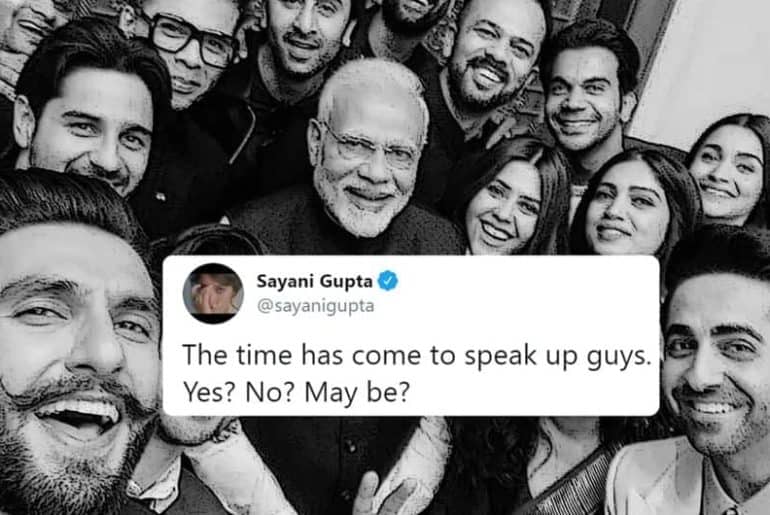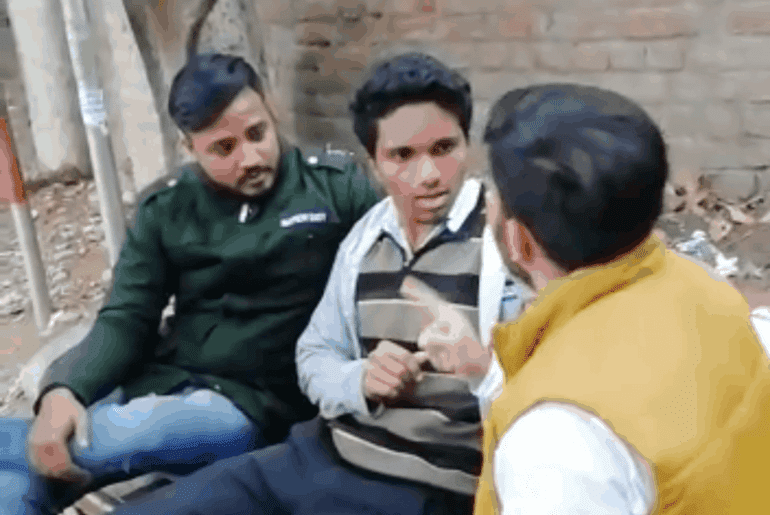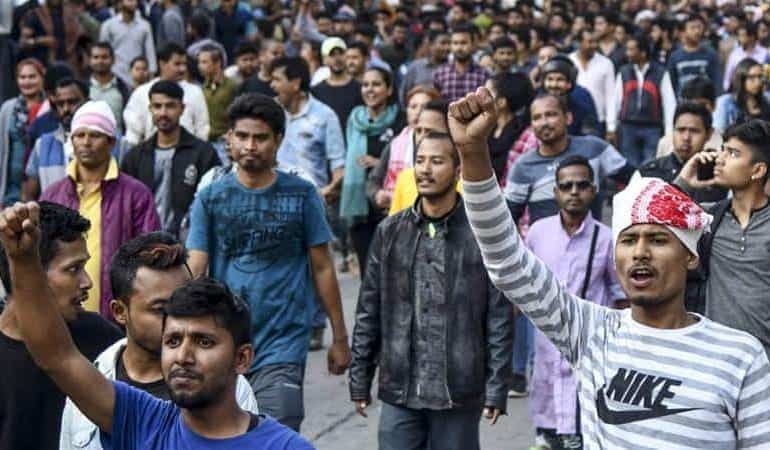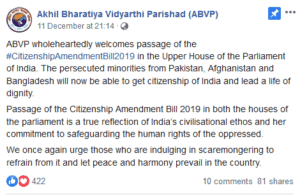The youth of the nation has taken to the streets to protest against the highly controversial and non-inclusive Citizenship Amendment Act (CAA). Over a period of the last few weeks, the country has been burning, literally. From Jamia Millia Islamia to Aligarh Muslim University, students have been at the forefront and are facing the brunt for correcting the damage put on by the erstwhile generation. As the protests spread like wildfire, and Millenials lie to their parents to echo the streets with chants of Azaadi, one particular section of the society remains silent.
They say, ‘silence is an answer too’. As the community with the largest fan-following and influence, Bollywood takes the side of neutrality, yet again. Except for a handful of celebrities, who were trolled by CAA supporters or have lost important posts, the privileged ‘biggies’ of the industry stayed silence as ‘their’ universities and people of ‘their’ religion suffered!
Bollywood doesn’t give a second thought before capitalising the chants of Azaadi by Kanhaiya Kumar, the same chants which are condemned as “anti-national”, Bollywood doesn’t give a second thought either before uploading group-fies or attending exclusive parties with ‘you know who’. This country worships Bollywood stars; their influence over the public is unparallel, a single tweet, a single post condemning the brutality would not just bring a significant impact in society stating their prominence but also give a moment to their followers to ponder upon their thoughts.
However, several other celebrities not only condemned their silence but also called them out for being such spineless icons, moreover, stating them as nothing but businessmen.
The very celebrities who feed off society’s money and brain to produce and act in movies which promote jingoism in the name of nationalism, from Vicky Kaushal’s ‘defining’ role in Uri to Akshay Kumar’s well, most of the movies in the past decade, their neutral stance and silence speak a lot. From the ‘Khan’s’ of the industry, unfortunately, comes nothing but silence, again.
Shah Rukh Khan who was a student of JMI remains eerily indifferent to the sheer violence showered on the students.
Standing in solidarity with the students, several celebs did indeed take a defining stand and ended up losing several followers. Anurag Kashyap’s followers fell drastically to 76.3K from over 5 lakh. Over a series of tweets, his followers have admitted to ‘not’ have unfollowed him. The director has been very vocal about his stand against the CAA-NRC and BJP government and believes his political stances to be a reason for the same.
As some biggies like Amitabh Bachchan, Deepika Padukone, Anushka Sharma, Shah Rukh Khan, Aamir Khan, Salman Khan (who is rather busy in releasing Dabbang 3) fail to even make a basic solidarity statement, some other biggies of the industry dominate both Twitter and the streets. Some of them being, Konkona Sensharma, Richa Chadha, Paineeti Chopra, Jim Sarbh, Manoj Bajpayee and Dia Mirza.
While at the same time Parineeti Chopra who was erstwhile Haryana Government’s ‘Beti Bachao Beti Padhao’ campaign’s brand ambassador has been removed from her post. However, the government has clarified that her contract ended in 2017 and has been removed due to the same.
Irony flourished as Akshay Kumar’s reel life ‘nationalist’ character fell flat as compared to his real-life ‘silent’ character. As his wife Twinkle Khanna vehemently opposed the government’s stance, Kumar tweeted about liking a tweet by mistake on violence incited in JMI. Trolled further as ‘Canadian Kumar’, his silence was considered as being spineless and hypocritical.
While some polarize themselves into silence, others polarize mass movements and open criticism of the government. However, there arises a third type- the balanced neutral stand. The ones who condemn the brutality and then add a ‘but’. Ironically, Vicky Kaushal and Ayushmann Khurana who have given movies like Uri and Article 15 took a rather moderate stand. Their neatly crafted words and an impeccable PR team to keep the fans of both spectrums in hand makes us question diplomacy as their new job. Recipients of National Award, the youth certainly asks for a more established and bold stance.
Satviki, a student of Miranda House, says, “I feel it is extremely important for public figures to make their stance clear on as important issues as this. India is a country which practically worships it’s Bollywood stars and they shape public opinion. So the silence of all these hotshot actors with extremely huge fanbases to not use their power and privilege is saddening.”
In times of oppression and tyranny, choosing silence over dissent, choosing silence over voice, choosing silence is nothing but siding with the oppressor. As actors like Jim Sarbh, Farhan Akhtar, Huma Qureshi, Arjun Mathur, Mohd. Zeeshan Ayyub and comics like Sahil Shah, Kaneez Surka, Kunal Kamra, take to the streets of August Kranti Maidan, Mumbai, meanwhile celebrity journalists like Faye D’Souza and Rana Ayyub rightfully use their privilege and celebrity status to influence and stand for what they believe in.
Bollywood is full of ironies, and amidst a hundred more out there, another irony screams right into the nation’s face today, as Khurrana stands fixed in Article 15 he says, ‘Staying neutral when a fire is raging, is standing with the ones who lit it’. And at times of tyranny, let’s not forget those who remain neutral in situations of injustice, side with the oppressor!
Next time, when the fan in you rises and you boast about the first day-first show, remember, when our democracy was dying, your idol was not there to save it.
Featured Image Credits- Twitter
Anandi Sen
[email protected]

